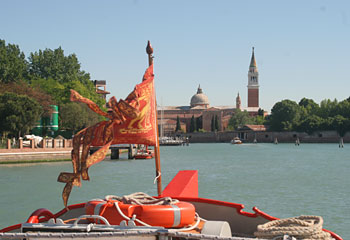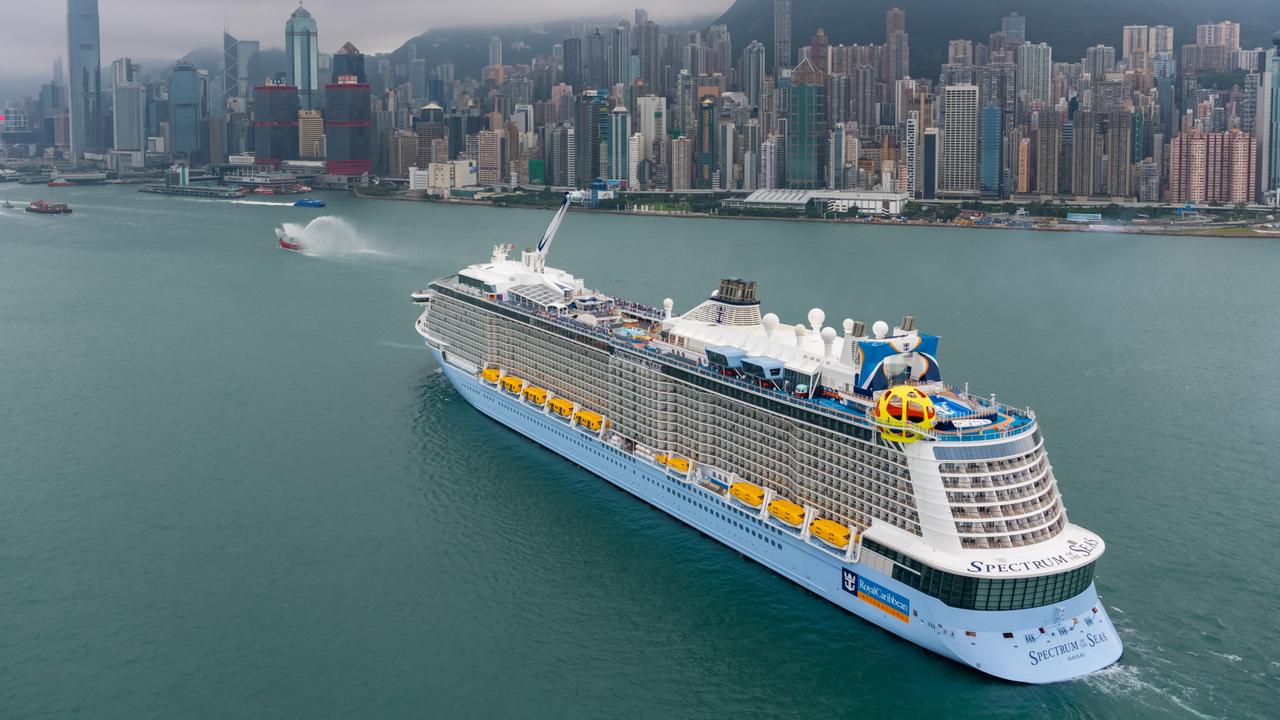Sweet life on canals of Venice
SIX nights living aboard a barge as it cruises the lagoon and milky green canals of Venice is a breath-taking way to explore one of Europe's most romantic cities.

JUST being in Venice makes me giddy. I don't know where to look first, as we glide along the Grand Canal marvelling at the colours and textures of palazzi, merchants' mansions and more modest dwellings – all perched precariously on timber pylons, revealed or obscured by the tide.
They look not unlike 18th century Venetian ladies lifting their skirts above a flooded Piazza San Marco.
Venice is a colourful canvas of masterpiece art and architecture, Byzantine and baroque churches, carnivals, regattas, and milky green canals engraved with the slender silhouettes of gondolas.
This is my eighth visit, but in some ways it's my first. This time I am seeing Venice as she should be seen: from water level – and not from a gondola, water taxi, vaporetto (waterbus) or cruise ship.
Our craft is a barge, called La Dolce Vita – The Sweet Life – which started life as a cargo barge in 1897. For six nights, she is our home as we cruise the Venetian lagoon, and then the Brenta Canal with its fabled villas.
We begin by overnighting at the evocative Hotel Londra Palace, a gem of a hotel with a fine waterfront restaurant and unequalled views of St Mark's Basin across to the island of San Giorgio Maggiore.
At our pick-up point on the island of Lido we were introduced to the crew of three: captain, cook, major domo, and fellow guests. This clearly would be a family affair: La Dolce Vita can only take six paying passengers.
On deck we sipped cool, crisp Prosecco as we skirted the reedy banks of Sant'Erasmo, scattering protesting sea birds before us, with the leaning tower of the island of Burano's church fixed in our sights. Venice had vanished, but we were in the lagoon from which she had sprung.
Once dusk had fallen, we gathered around the precisely set table in the communal lounge and dining room, warmed by the glow of candlelight, and accompanied by the music of Venice's great composer, Vivaldi.
To my surprise our Swiss-trained chef, Kristian Pedderson, turned out to be an Aussie who had worked as head chef at Crowne Plaza on the Gold Coast. Each day, he dazzled our palates with faultless foods and flavours of the Veneto region.
That first night we feasted on scampi, marinated anchovies, an asparagus risotto and sea bass, followed by a creamy semi-freddo.
Next morning a stiff breeze had sprung up; it was perfect drying weather for the wives of Burano, judging from sheets festooning the brightly painted houses – an ancient custom to help fishermen see their homes from the sea.
Burano remains an island of fishermen and lacemakers. Watching the nimble fingers of lacemakers performing their delicate tasks contrasted sharply with the nuggety fingers of their fisher husbands deftly mending nets.
Next stop was Torcello, the first island of the lagoon to be colonised 2000 years ago. It's now a bleak and lonely place, and the population is all but gone. But Torcello's treasures survive: a 7th-century cathedral (oldest building in the lagoon) with its exquisite mosaics; the Byzantine church of Santa Fosca; Attila's throne; and the bell tower.
Our skipper insisted we climb the bell tower for the best view of the lagoon. It was amazing – but nerve-wracking when the bells tolled.
Predictably, Venice is the jewel of the cruise. Being a small party, we had private tours of St Mark's and the Doges Palace, then time to explore, take a gondola ride, shop or sip coffee in the famous Piazza San Marco.
But our cruise was not over, as the Brenta canal beckoned.
For the next two days we sauntered along this fascinating waterway, through locks, avenues of trees and fields of scarlet poppies, with the occasional glimpse of the snow-capped Dolomites.
But it is the opulent villas of Venetian aristocracy of the 17th and 18th centuries that are astonishing: Palladio's famous Villa Foscari at Malcontenta, the villas Widmann, Val Marana and Foscarini.
Best of all was the Villa Pisani – an 18th century masterpiece with frescos by Tiepolo, magnificent gardens and a maze.
True to translation, La Dolce Vita did indeed deliver the sweet life.
The writer was a guest of Outdoor Travel
The Sunday Telegraph



